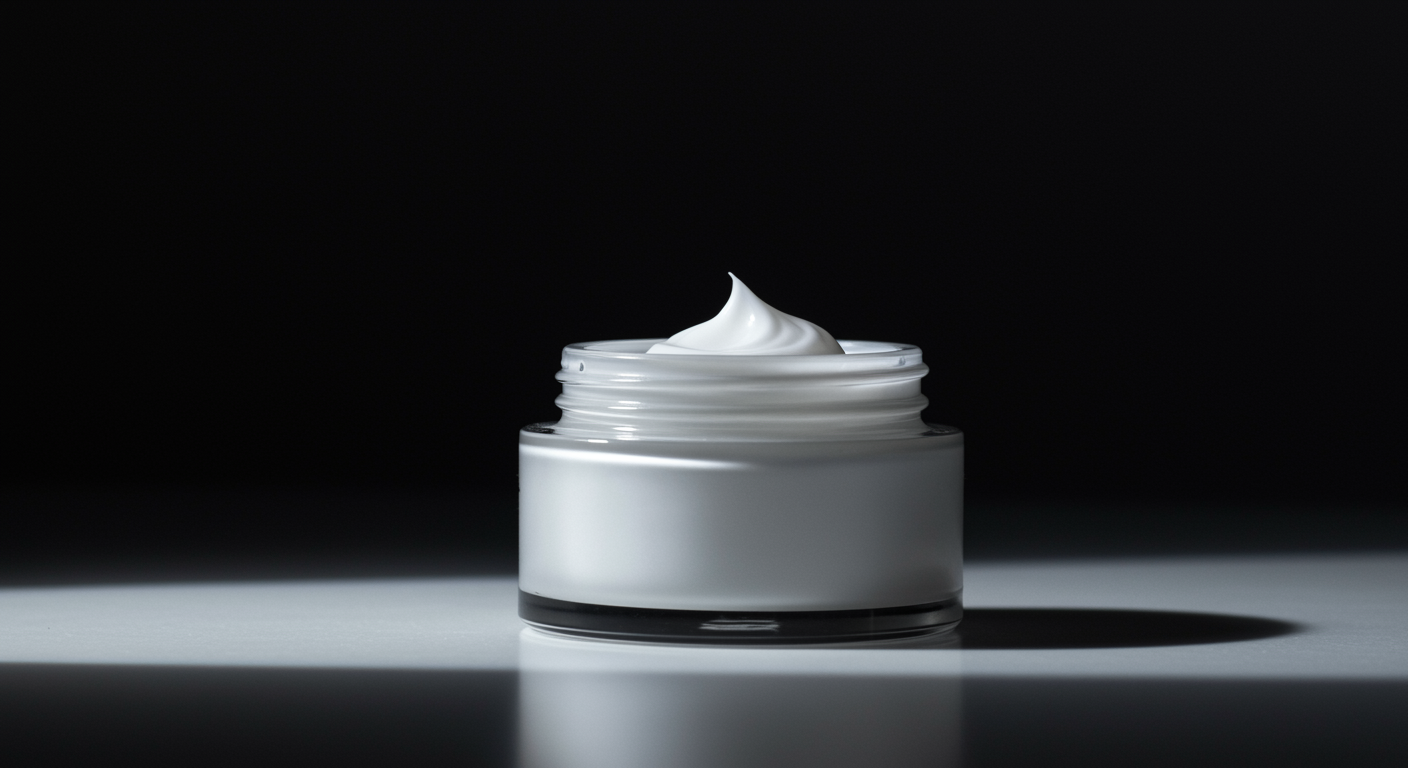Does Hormone Therapy Actually Improve Aging Skin?
Yes, measurably. This meta-analysis of 15 studies involving 1,589 women found that hormone therapy significantly improves skin thickness, elasticity, and collagen content in menopausal women. The effects are most pronounced in the first 1-2 years of treatment and represent genuine improvements in skin structure, not just subjective appearance changes.
Dr. Kumar’s Take
While hormone therapy isn’t prescribed primarily for cosmetic benefits, the skin improvements are a welcome bonus that reflects the broader health benefits of estrogen replacement. These aren’t superficial changes; estrogen genuinely improves skin structure by increasing collagen production and maintaining skin thickness. For women considering hormone therapy for menopausal symptoms, knowing that it also supports skin health can be an additional motivating factor.
Study Snapshot
This systematic review analyzed 15 randomized controlled trials involving 1,589 menopausal women examining the effects of oral and transdermal hormone therapy on various skin parameters. Studies used objective measurements including ultrasound for skin thickness, mechanical testing for elasticity, and biopsy analysis for collagen content. Follow-up periods ranged from 6 months to 5 years, with most studies showing benefits within the first year of treatment.
Results in Real Numbers
- Skin thickness increase: 25-30% improvement compared to placebo groups
- Skin elasticity improvement: 15-20% increase in skin elasticity measurements
- Collagen content: 30-40% increase in dermal collagen density
- Skin dryness reduction: Modest improvements in skin hydration measures
- Time to benefit: Significant changes observed within 6-12 months of treatment
- Sustained effects: Benefits maintained throughout treatment duration but gradually lost after discontinuation
Who Benefits Most
Women within the first 5-10 years of menopause showed the greatest skin improvements with hormone therapy. Those with more severe baseline skin changes had more dramatic responses. Both oral and transdermal estrogen provided skin benefits, though some studies suggested transdermal formulations might have slightly superior effects on skin parameters. The benefits were most pronounced in facial and forearm skin measurements.
Safety, Limits, and Caveats
Skin improvements require ongoing hormone therapy and gradually reverse after treatment discontinuation. The studies primarily measured objective skin parameters rather than subjective appearance ratings. Individual responses vary significantly, and skin benefits shouldn’t be the primary reason for starting hormone therapy. Sun protection and other skincare measures remain important regardless of hormone therapy use.
Practical Takeaways
- Understand that hormone therapy provides measurable improvements in skin structure and function
- Know that skin benefits are an additional advantage of hormone therapy, not the primary indication
- Recognize that improvements occur within 6-12 months and require ongoing treatment to maintain
- Consider that both oral and transdermal estrogen provide skin benefits
- Maintain good skincare practices and sun protection regardless of hormone therapy use
- Don’t start hormone therapy solely for skin benefits; use it for appropriate menopausal symptoms with skin improvements as a bonus
What This Means for Perimenopause and Menopause Care
This research demonstrates another way that estrogen deficiency affects women’s health and quality of life. Skin changes during menopause aren’t just cosmetic concerns; they reflect the broader impact of hormonal changes on tissue health. Understanding that hormone therapy can improve skin structure validates that these treatments provide comprehensive benefits beyond just symptom relief.
Related Studies and Research
- Menopause, skin and common dermatoses. Part 1: hair disorders
- Effects of menopause on temperature regulation
- Genitourinary Syndrome of Menopause: A Narrative Review
- Sleep disturbance associated with the menopause
- Episode 27: Perimenopause, Menopause, and HRT - What Every Woman Should Know
FAQs
How quickly will I see skin improvements with hormone therapy?
Most objective skin improvements occur within 6-12 months of starting hormone therapy, though some women notice subjective changes in skin texture and hydration sooner.
Will the skin benefits continue if I stop hormone therapy?
No, skin improvements gradually reverse after discontinuing hormone therapy, typically returning to pre-treatment levels within 1-2 years.
Is hormone therapy worth starting just for skin benefits?
Hormone therapy should be prescribed for appropriate menopausal symptoms, with skin benefits considered a welcome additional advantage rather than the primary indication.
Bottom Line
Hormone therapy provides measurable improvements in skin thickness, elasticity, and collagen content in menopausal women. While not a primary indication for treatment, these skin benefits reflect the broader positive effects of estrogen replacement on tissue health and can be a motivating factor for women considering hormone therapy.


